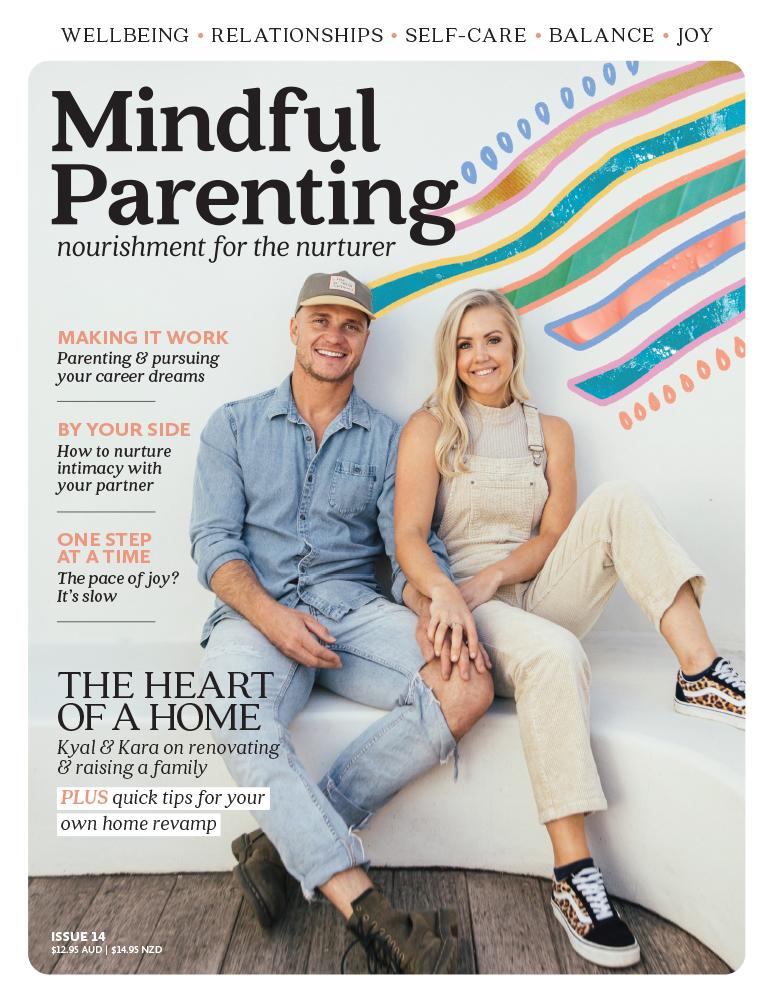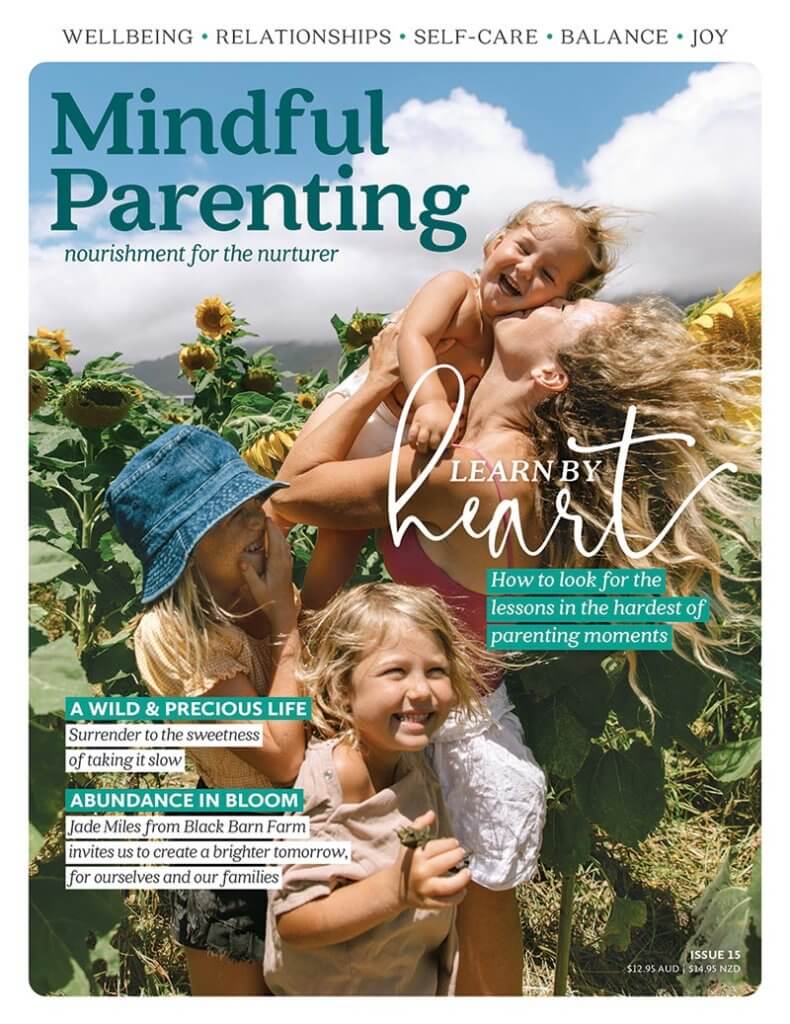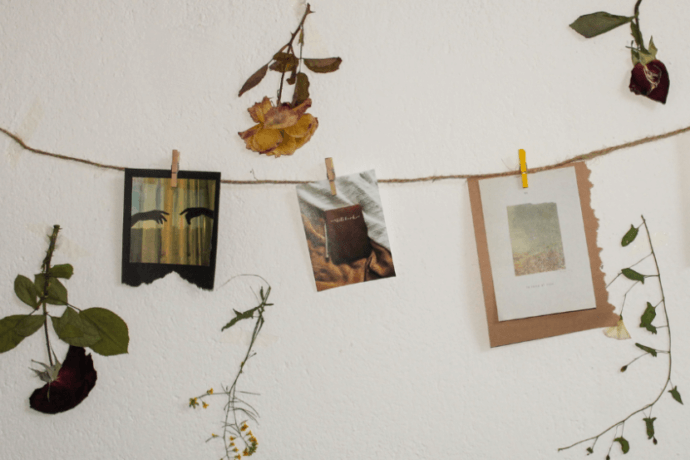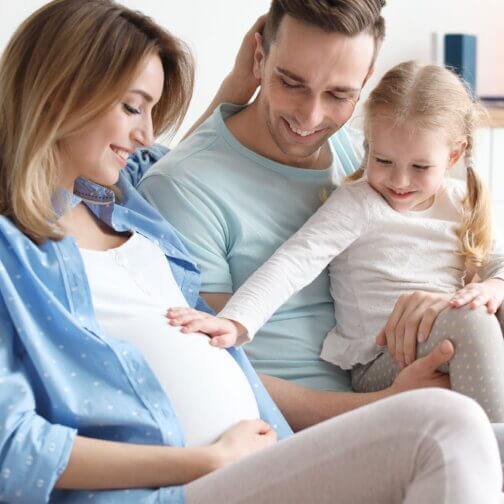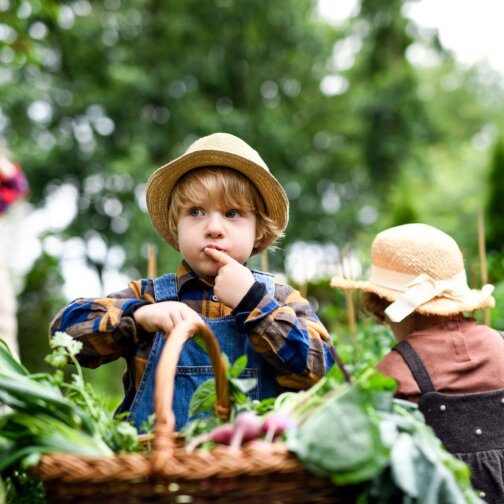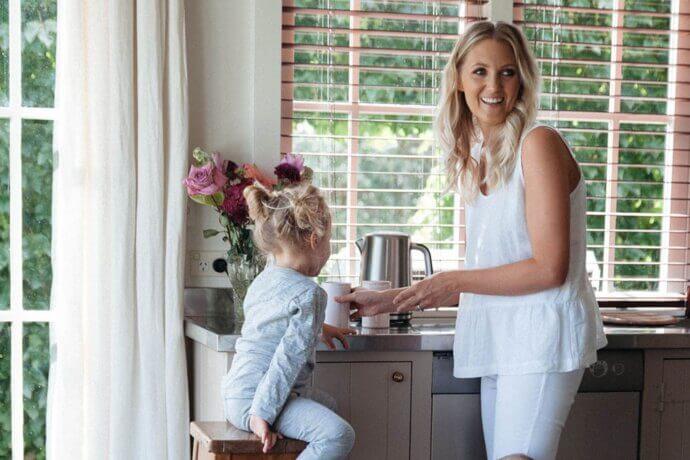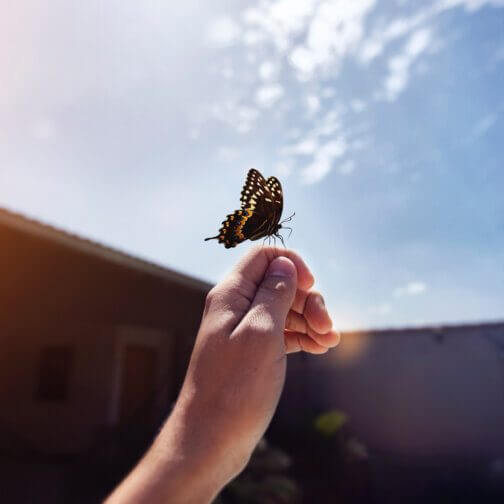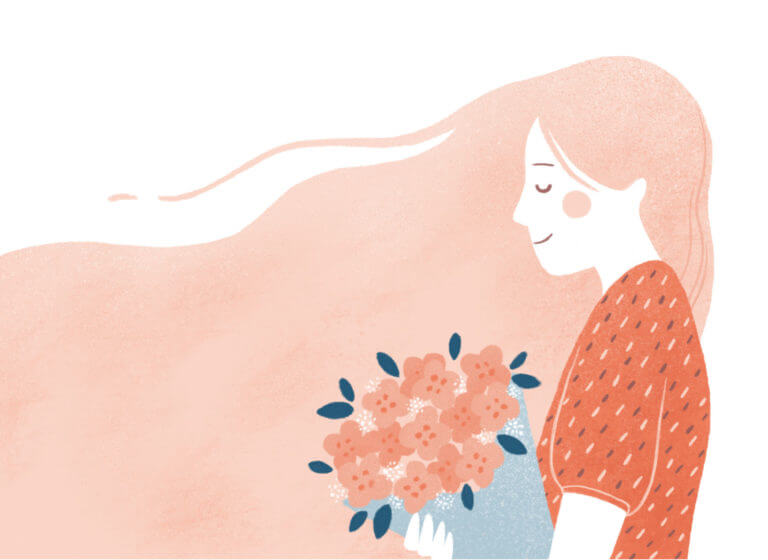
It’s safe to say that we all want to raise happy children.
But what does it mean to be happy? Happiness seems an esoteric concept, tucked somewhere between deep spirituality, religiousness and psychological theory. So what if we reframed our thinking and instead of happy, we’ll strive to bring up hopeful kids? Hope blooms into wellbeing, so let’s teach our kids hopefulness.
Much-loved American researcher Brené Brown argues in her book The Gifts of Imperfect Parenting, that hope is not a fleeting feeling, emotion or a character trait, but an important life skill, a set of cognitive tools and a way of thinking about the world. And teaching hope to our kids can propel them to live a wholesome, happy and well-adjusted life.
Yet how do you find, measure and teach people hope?
In 1991, Dr Charles R Snyder, a renowned American scientist who specialised in positive psychology, pioneered the Hope Theory. “Hope” – he announced from the front pages of The New York Times – “emerges as a key to success in life”. Snyder and his team broke hope into three pillars: goals, pathways and agency. They argued that hopefulness in a person is a mix of the ability to set a goal, to find creative ways of getting there and, above all, to believe in its success, thereby adopting an ‘I can do it!’ attitude.
In essence, hopeful people stay positive and persistent even when facing the hurdles and storms of life: an illness, work problems or a divorce. They are also great at coming up with alternative ways of making things happen if these are not going according to plan. Snyder found that high hope in people correlates positively with many lifelong benefits: better academic achievement, greater wellbeing, and lower levels of depression and suicide risk. “Young people with high hope set themselves higher goals and know how to work to attain them. So when you compare students of equivalent intellectual aptitude and past academic achievements, what sets them apart is hope. Because to hope, is to show perseverance and tenacity,” Snyder said.
So how do we instil this cognitive habit of being hopeful in our kids? As hard as it may seem, we have to allow them to struggle. In The Gifts of Imperfect Parenting, Brené Brown explains this in a poignant example of how much our attitude to failure can set our kids up for success or disappointment in life. She mentions her daughter’s swimming school classes where the kids had to learn the difficult manoeuvre of a tumble turn (i.e. underwater reversing). Many of them were failing their first attempts and were met with the teacher’s thumbs-down. Was that too harsh, or a necessary kind of lesson? Brown argues that depriving children of negative feedback won’t do them good. Instead, we have to let them experience the taste of both struggle and failure, which – when joined with a hopeful attitude and a healthy sense of self-worth – can prompt them to strive for better. There is nothing as rewarding as failing 11 times to come out successful at the 12th attempt. “Children most often learn hope from their parents,” Brown explains. “To learn hopefulness, they need relationships that are characterised by boundaries, consistency, and support. We also develop a hopeful mindset when we understand that some worthy endeavours will be difficult and time-consuming and others will be easy.”
Yet what is hope, your little one may ask? It is easier to show than to explain with words. When my toddler son was three, we discovered the art of playing board games. But not in a conventional, fun-filled and happy way. Our first games were full of tears, screams and tantrums, as my little boy couldn’t comprehend that in order to win, he sometimes has to lose – many, many times over – until he either masters the skill, or his winning luck strikes. After a while, his little hope muscle flexed and each time he lost, he would say: “Let’s play! I want to try again”. Dr Deirdre MacIntyre, a psychologist and co-founder of the Institute of Child Education and Psychology Europe, comments that hope is a skill our kids should master early in life. “In this hectic world of ours, we come up against innumerable obstacles to our plans. Without hope and all that it encompasses, when someone’s dreams reach an impasse, he or she may simply give up. By cultivating hope in the young minds of our kids, we can help them to reach their full potential and build their resilience and wellbeing.”
The good habits of hopeful people
Master these so that your kids can learn them too
* They are not ashamed to turn to their friends for advice on how to achieve success.
* They tell themselves out loud they can succeed at whatever they want to do (‘I can do it!’).
* Even when in trouble, they believe things will most likely change for the better.
* They are flexible and look for different ways to achieve their goals (changing pathways).
* They are open to constructive criticism.
* They break their goals into smaller, achievable targets, and if one fades or doesn’t work out, they can aim for another.
